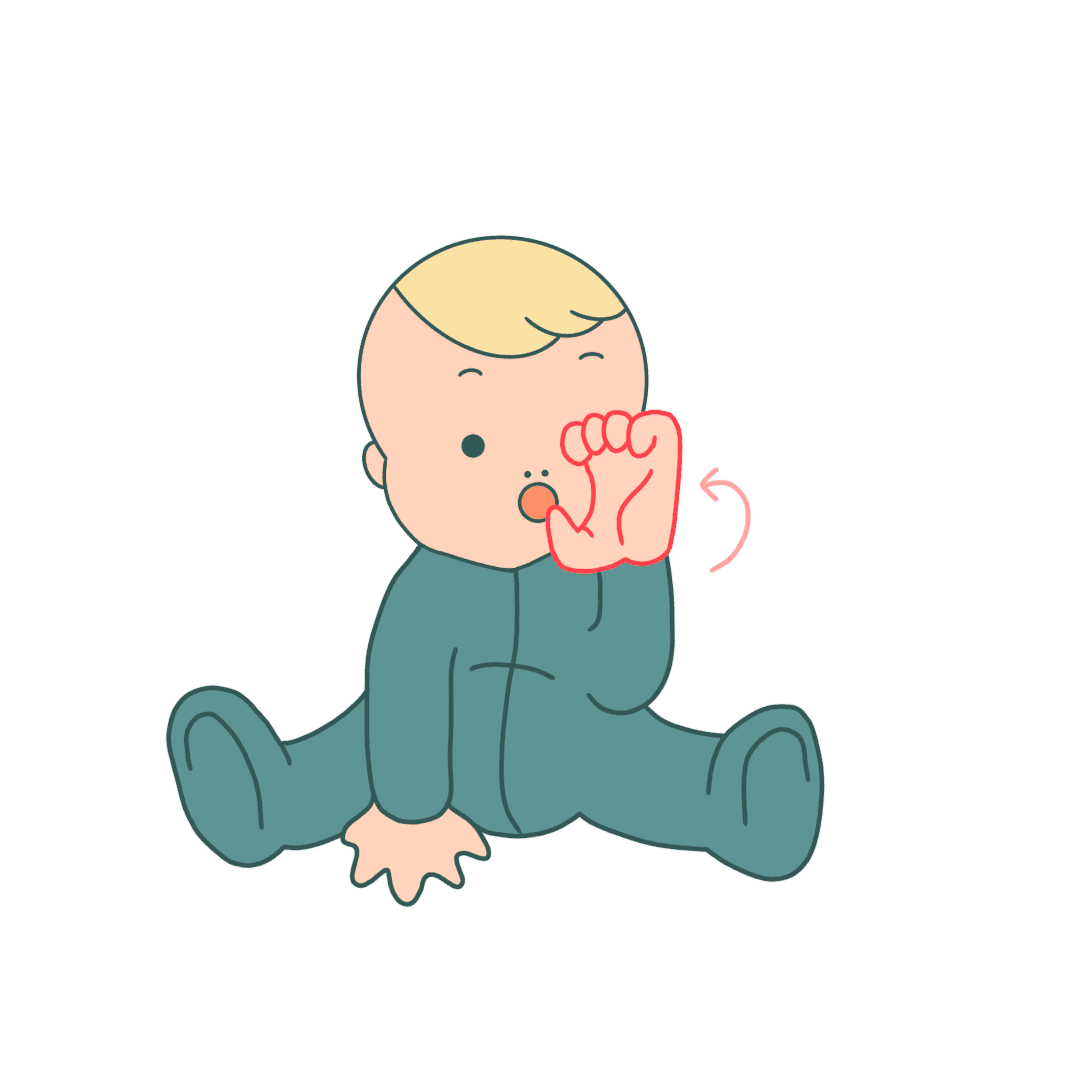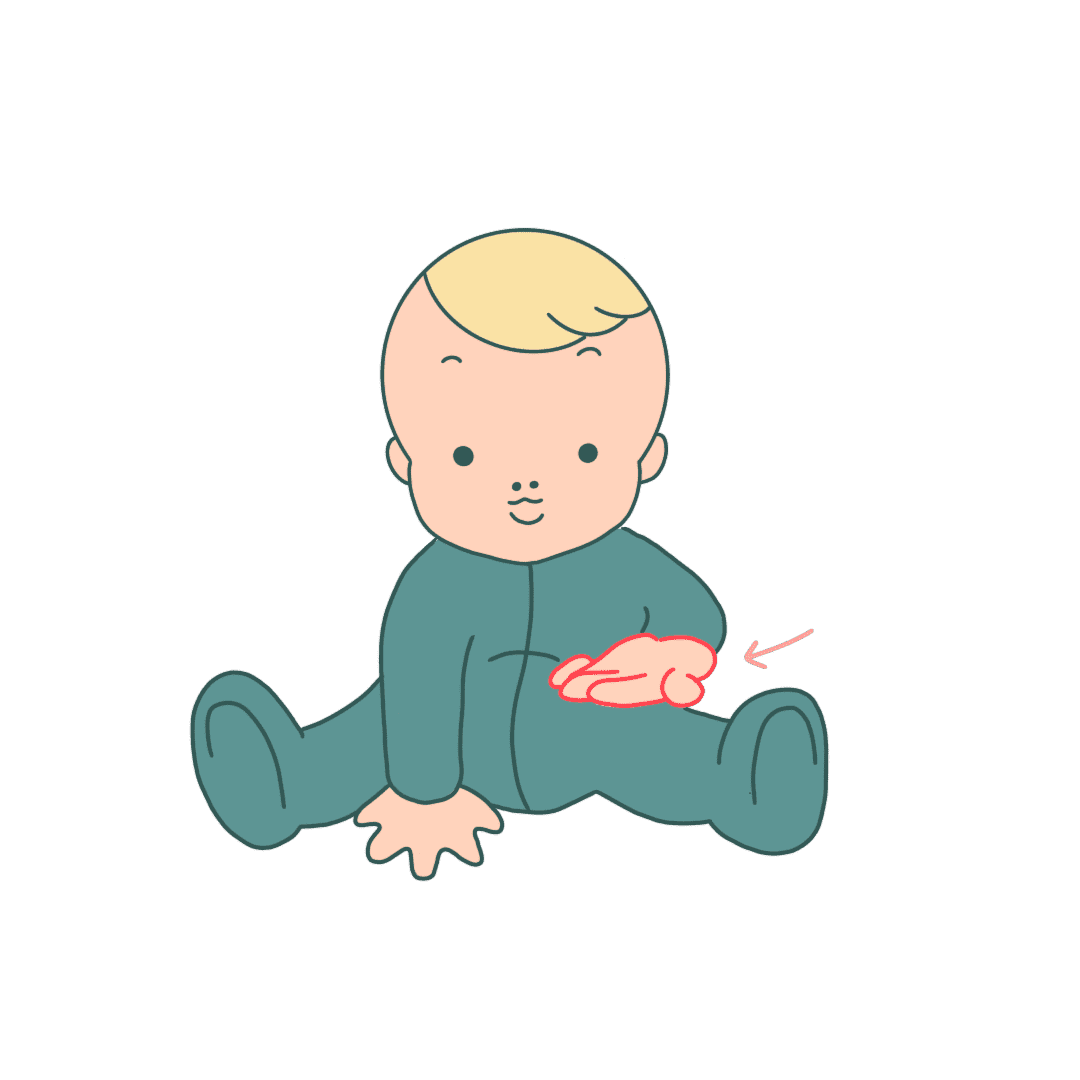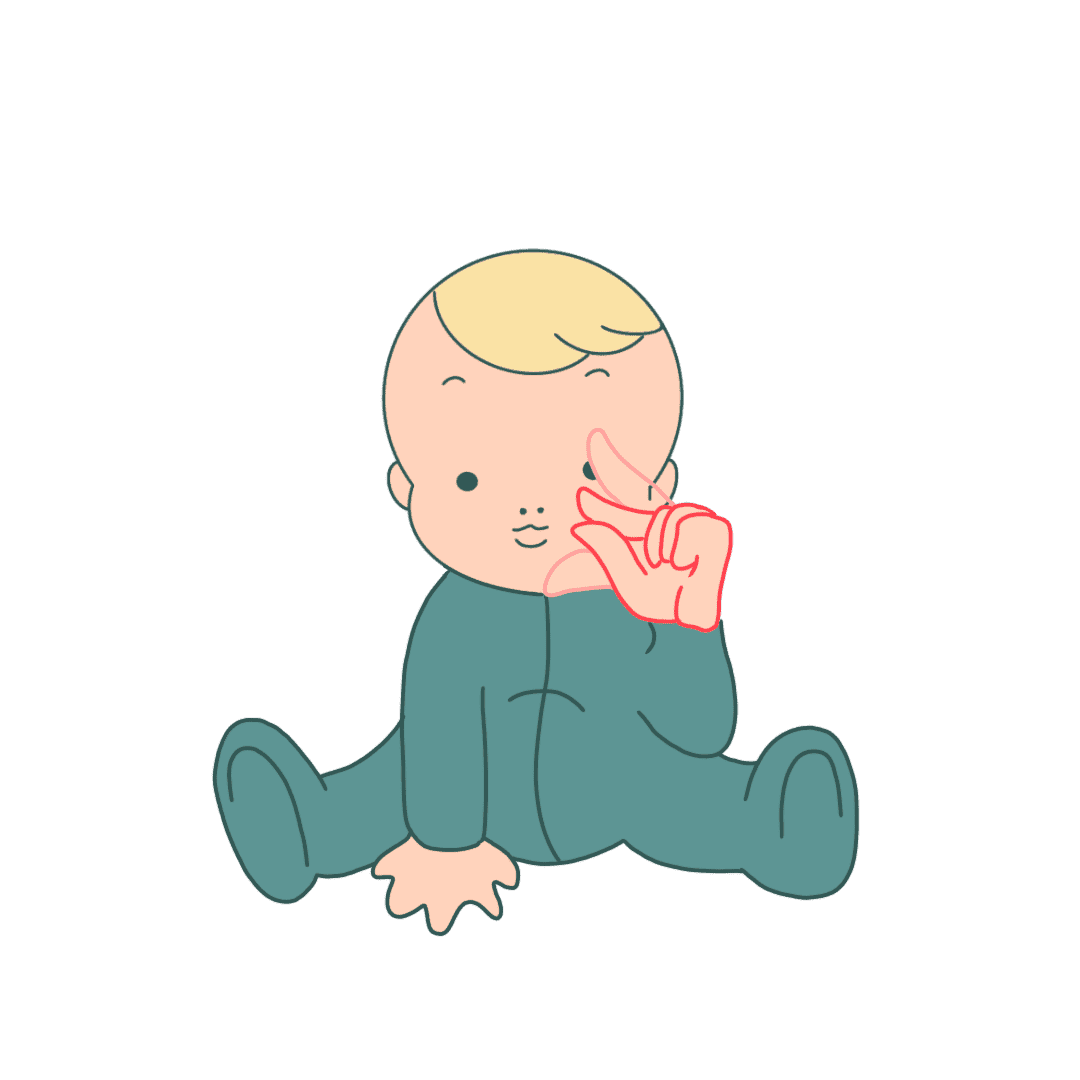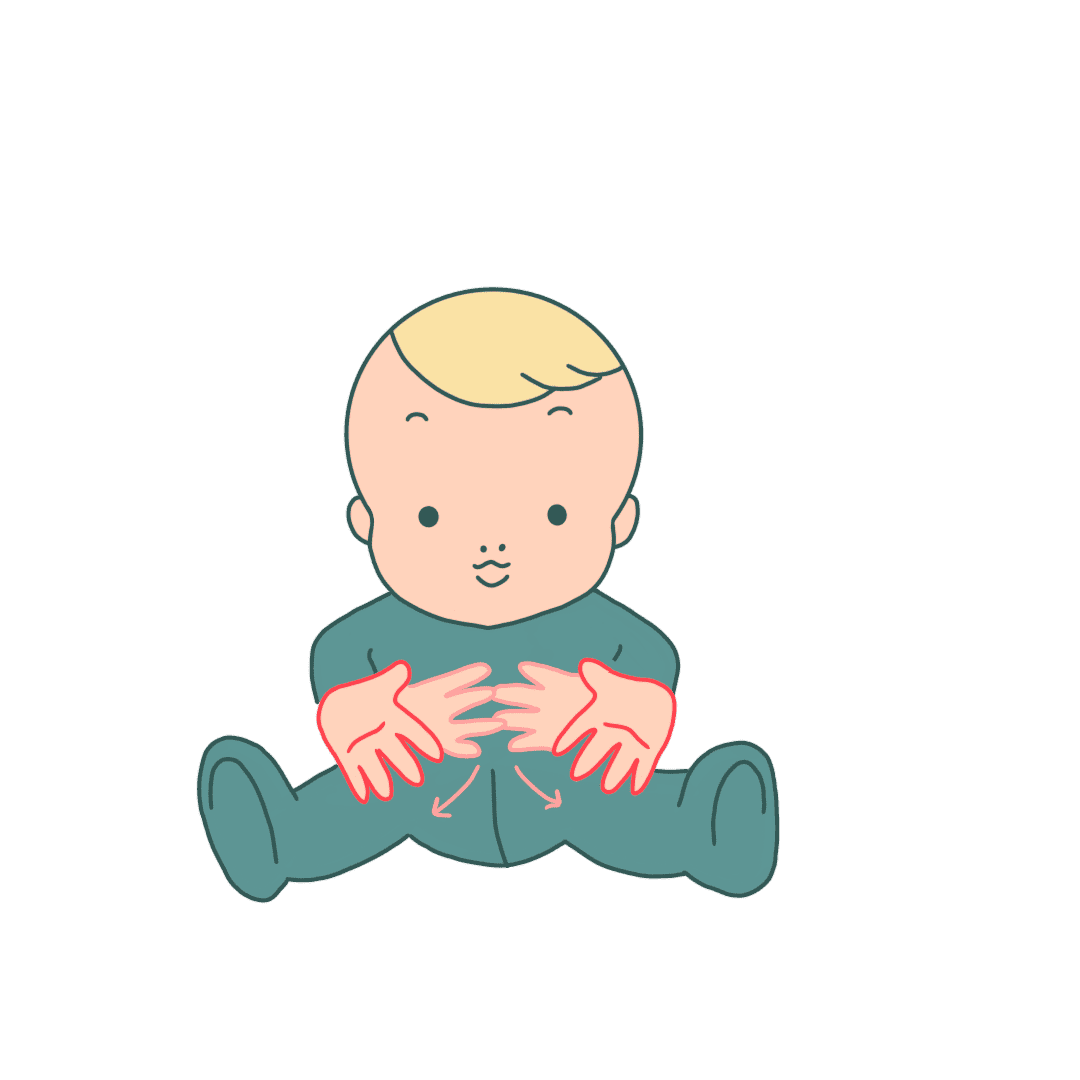
Sign language is a visual form of communication. Once acquired, there’s no need for words to express our needs: we use signs with our bodies to be understood. Want to teach it to your baby? Here’s all the key information to help you succeed.
Communicating without words: let’s take a look.
What are the benefits of communicating with your baby through sign language?
Children’s natural gestures develop faster than speech. Therefore, it makes perfect sense to teach them sign language.
Your child wants to express themselves and their needs well before they are able to speak. That’s why sign language is useful for making communication easier between babies and their families.
Communication through gestures reduces the feeling of frustration your child may feel when they cannot clearly express their needs. It allows them to easily ask for a drink, their comfort object, or to ask for “more” when they want to repeat an activity, like singing a song, for example.
In this way, signs help build a calm parent-child bond:
- The child is happy to feel understood more easily and develops trust in the adult.
- Parents, for their part, feel more competent because they respond more easily to their baby’s needs.
Remember that your body sends messages to your baby! They perceive your intentions and emotions even better than your words. And they’re not the only one. According to studies, non-verbal communication (which includes body language) accounts for 80% of communication. Words, meanwhile, only account for 20%.
At what age can you start teaching a baby sign language?
It’s best to wait until your baby carefully observes your gestures before teaching them sign language, generally around 4 to 6 months.
Your child will respond at their own pace. Some will need more time to observe before starting. Of course, it doesn’t matter if your child is older when you start introducing signs, it’s never too late.
Want to learn more? Feel free to download the May app, where you’ll find plenty of resources to support and guide you throughout your journey as a new parent.
What are the basic signs to communicate with a baby?
To begin, you can choose the most common words in your daily interactions with your child and associate them with the corresponding sign. There’s no need to introduce many. Around ten words is enough at first. You could start with these, for example: breastfeed, bottle, more, sleep, daddy, mommy, comfort object, cuddle…
Let’s take this opportunity to give you a few examples. Do you know how to sign these expressions?
More
 One hand flat. The other hand, bent at a right angle, taps twice with the fingertips on the palm of the flat hand.
One hand flat. The other hand, bent at a right angle, taps twice with the fingertips on the palm of the flat hand.
Sleep

Bring an open hand near your ear, tilt your head to the side, and close your eyes.
Eat

Mimic the act of eating by pointing your hand in a duck shape towards your mouth twice.
Drink

Mime the action of drinking.
Mommy

Tap the edge of your hand between your waist and chest, twice.
Daddy

Open and close your index finger on your thumb twice, but on the side of your mouth to avoid confusing it with the bird sign. To say “father,” do the sign once.
Finished

Keep your palms facing you and rotate your hands so that your fingers point downward.
Introduce them one at a time. You can then add more words gradually.
Does baby sign language delay spoken language?
Sign language will not delay speech development because each sign is associated with the spoken pronunciation of the word. On the contrary, it helps your baby better understand the word and use it earlier. Additionally, gestural communication can strengthen your child’s desire to communicate and therefore to speak when they are able.
How to integrate sign language into your baby’s daily routine?
On a daily basis, we recommend always combining the gesture with the spoken word to include it in your routine. As with many other forms of learning, repetition will help your baby integrate the gestures and words and eventually use them independently. A great way to expand their vocabulary over time.
You can take a playful approach (a bit like a game) by translating a few words from a book or a song into sign language. In addition to sharing a bonding moment and strengthening the parent-child connection, these movements support your child’s language learning by offering the sign as a visual aid for the word.
Sign language creates an additional bridge between you and your child. It’s a way of communicating that helps them express their needs and emotions earlier than they could with words. It should always be used in a way that respects their abilities and needs. It’s a valuable tool for the whole family, and also in group settings.
**
Photos : Envato
This text was translated from French by an artificial intelligence. The information, advice, and sources it contains comply with French standards and may therefore not apply to your situation. Make sure to complement this reading by visiting the May US/UK app and consulting the healthcare professionals who are supporting you.




